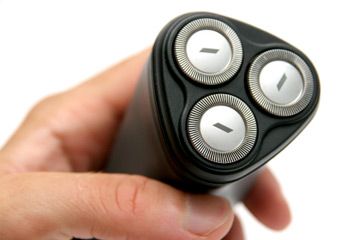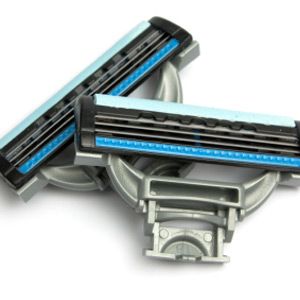Men have been shaving their faces for a long, long time. It's believed that the Neanderthals would use sharp rocks to cut their beards down, and while this doesn't exactly count as shaving, it does display an early desire to limit facial hair. Over the years, men's faces have become increasingly smooth and stubble-free, thanks to pressures from society for the average businessman to be clean shaven. Women got into the act as well, with expectations for smooth legs and armpits.
Some say that the classic straight razor is still the best bet for getting a clean, close shave. It's the most environmentally friendly way to shave and maybe the most economical, too, even though a quality straight razor can go for as much as several hundred dollars. Then you need the sharpening strap at the very least, and the genuine old-school enthusiasts will want to buy the shaving soap, cup and badger-hair brush as well, adding to the expense. But you can sharpen the blade and get much more use out of it than any kind of conventional safety razor. There are also all manner of fancy electric shavers. These are pretty expensive, but you don't have to worry about throwing out a blade. Of course they do run on electricity, so there's the environment to consider.
Advertisement
When it comes to the big two, disposable and reusable razors, you've got another decision to make. Do you go with the cheap disposable models or invest in the more expensive, reusable "shaving systems"? Some claim that the shave is about the same; others say that reusable razors offer a cleaner shaving experience. It's really a matter of preference in the performance department. Disposable razors are worse for the environment, although there are models now made from recycled plastic. Americans buy more than two billion disposable razors each year, and you can bet that most of them end up in a landfill [source: Eco-action.net].
If the environment isn't your concern and money is what matters most, we can offer you some advice. Click ahead to the next page to look at the financials of disposable versus reusable razors.
Advertisement



